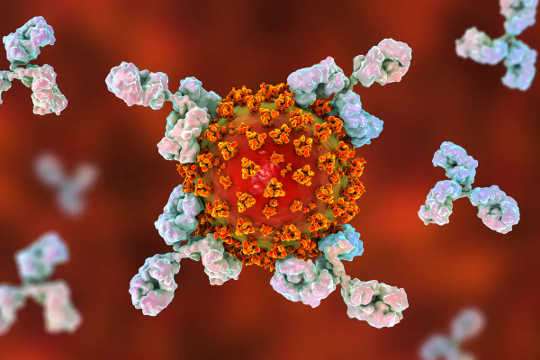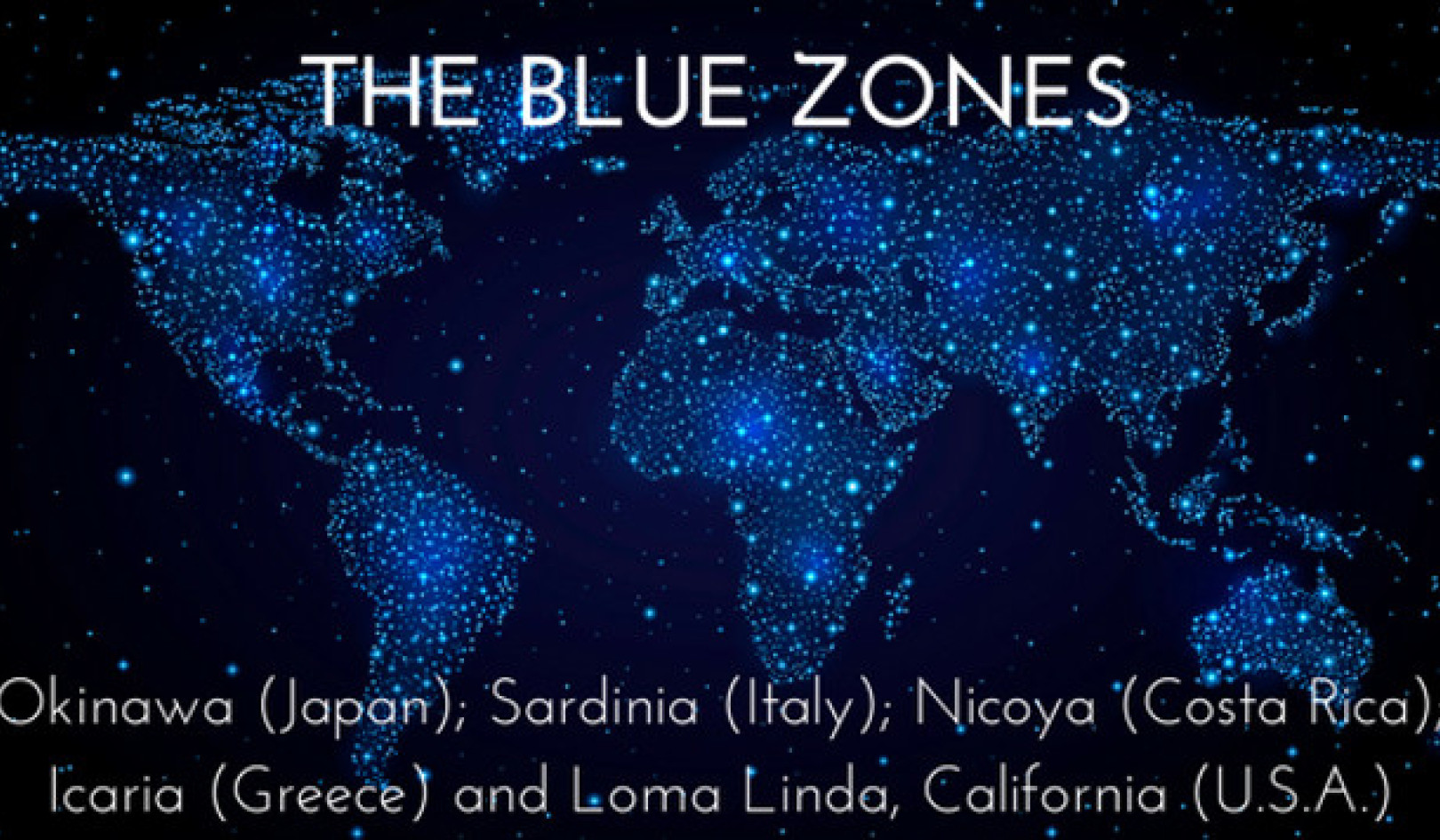An article in Science recently generated a lot of interest by providing a possible explanation of why COVID-19 can be deadly to some yet go virtually unnoticed in others.
Scientists at La Jolla Institute for Immunology in California showed that infection with common cold coronaviruses can generate an immune response that resembles key pieces of the immune response generated by SARS-CoV-2 – the virus that causes COVID-19. This raises the possibility that previous infection with one of the milder coronaviruses could make COVID-19 less severe. But how likely is this? And how does this relate to what we already know about coronaviruses?
A few weeks ago, a different article sat at the centre of the SARS-CoV-2 immunity debate. This one showed that the antibody response to SARS-CoV-2 may decline over time.
The findings raised concern that SARS-CoV-2 could infect a person many times and that a vaccine might not generate lasting protection. But the article focused on just one arm of the immune response, the B cells, which produce antibodies that help to clear an infection.
T cells are also key to the immune response against viruses. They play a variety of roles, among them helping B cells to mature into disease-fighting machines. The article by Jose Mateus and colleagues at La Jolla Institute for Immunology is important because it shows that people keep T cells from the milder coronaviruses long enough to potentially interact with a new challenge by SARS-CoV-2 and that those T cells might even recognise SARS-CoV-2 and help to clear the infection.
 Antibodies latching onto a coronavirus to neutralise it. Kateryna Kon/Shutterstock
Antibodies latching onto a coronavirus to neutralise it. Kateryna Kon/Shutterstock
The case for cross-immunity
For epidemiologists, the evidence of waning immunity and cross-immunity didn’t come as a surprise. A study from 1990 showed that soldiers infected with one of the milder coronaviruses didn’t retain immunity for much longer than a year. Also, the boom-bust cycle that the milder coronaviruses undergo from year to year can be explained by a mix of waning immunity and cross-immunity.
The milder coronaviruses can generate similar antibodies to the ones that are generated by the coronaviruses that cause Sars and Mers. These antibodies are so similar that they nearly tricked a British Columbia care facility into thinking they had an outbreak of Sars after the Sars epidemic had been declared over. In fact, the outbreak was caused by OC43, one of the coronaviruses that causes the common cold.
Nevertheless, infections that generate structurally similar antibodies don’t necessarily provide cross-protection in a medically meaningful way.
We’re still just not sure
Evidence for cross-protection between all but the most closely related coronaviruses is scant.
It is difficult to say whether the milder coronaviruses protect against SARS-CoV-2 partly because we have done so little surveillance on them. Ideally, we would be able to look at historical data to identify which communities experienced major outbreaks of each milder coronavirus strain over the past few years and then see if there is a link with less severe COVID-19 cases.
Challenge studies, in which a person is intentionally infected with a milder coronavirus strain and then exposed to SARS-CoV-2, could also address the question but are dangerous and ethically fraught. For now, all we can say is that the possibility that the common coronaviruses might protect against SARS-CoV-2 remains just that – a possibility. Indeed, Mateus and colleagues describe this theory as “highly speculative”.![]()
About The Author
Stephen Kissler, Postdoctoral Researcher, Immunology and Infectious Diseases, University of Cambridge
This article is republished from The Conversation under a Creative Commons license. Read the original article.
Related Books:
The Body Keeps the Score: Brain Mind and Body in the Healing of Trauma
by Bessel van der Kolk
This book explores the connections between trauma and physical and mental health, offering insights and strategies for healing and recovery.
Click for more info or to order
Breath: The New Science of a Lost Art
by James Nestor
This book explores the science and practice of breathing, offering insights and techniques for improving physical and mental health.
Click for more info or to order
The Plant Paradox: The Hidden Dangers in "Healthy" Foods That Cause Disease and Weight Gain
by Steven R. Gundry
This book explores the links between diet, health, and disease, offering insights and strategies for improving overall health and wellness.
Click for more info or to order
The Immunity Code: The New Paradigm for Real Health and Radical Anti-Aging
by Joel Greene
This book offers a new perspective on health and immunity, drawing on principles of epigenetics and offering insights and strategies for optimizing health and aging.
Click for more info or to order
The Complete Guide to Fasting: Heal Your Body Through Intermittent, Alternate-Day, and Extended Fasting
by Dr. Jason Fung and Jimmy Moore
This book explores the science and practice of fasting offering insights and strategies for improving overall health and wellness.
























